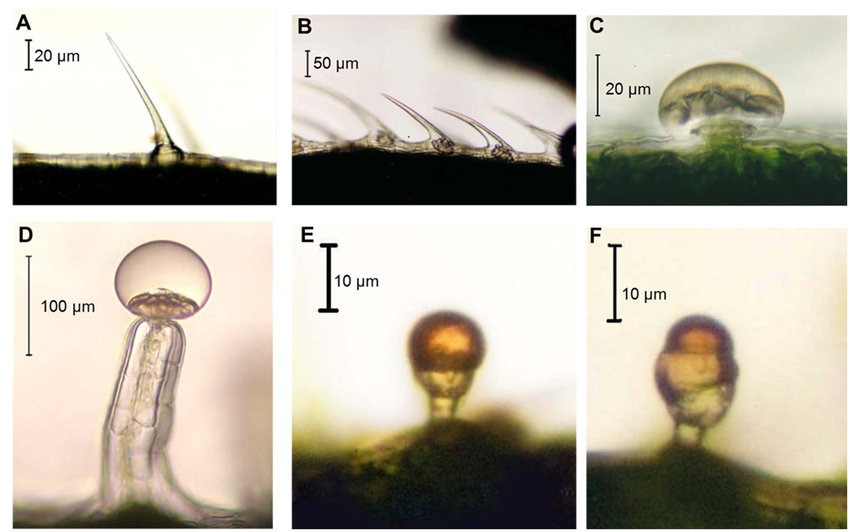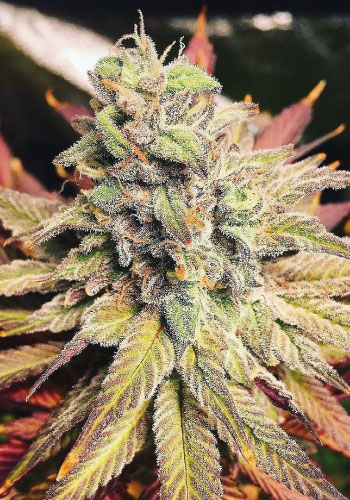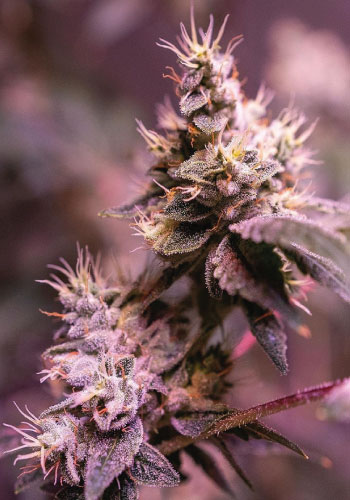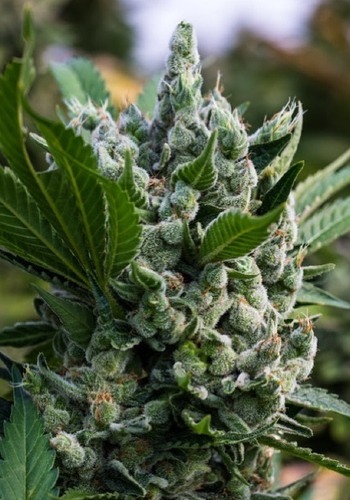A simplified summary of CBCa (Cannabichromenic Acid)
For the full and scientific summary, scroll down.
Cannabichromenic acid or CBCa is compound from which CBC is derived (one of the four major cannabinoids found in the cannabis plant). Its main purpose is to defend growing plants against disease and to regulate the growth process. The main difference between CBCa and other cannabinoids is that it is produced at a constant rate in the “stalkless trichomes”, which look more like water droplets, instead of the trichomes that look like transparent mushrooms we usually see.
Medicinal benefits of CBCa
Unfortunately, very few studies have been done on the beneficial properties of CBCa, however, just like CBC, CBCA has been shown to possess strong anti-inflammatory and antibacterial properties, and a mild to moderate antifungal activity.
A scientific summary of Cannabichromenic Acid (CBCa)
Cannabichromenic acid (CBCA) is a precursor of Cannabichromene (CBC), one of the four major cannabinoids in cannabis. Similarly, to the other acid precursors (Tetrahydrocannabinolic Acid [THCA] and Cannabidiolic Acid [CBDA]), CBCA is biosynthesized from another cannabinoid acid – cannabigerolic acid (CBGA) – through a reaction mediated by an enzyme named cannabichromenic acid synthase.
CBCA only comes from a specific trichome
CBCA is constitutively produced (1) and accumulates primarily in the “stalk-less” trichomes (defined as “capitate-sessile trichomes “) (Figure 1) of cannabis’ young leaves(*). When heated, CBCA is converted into CBC by a reaction known as “decarboxylation”, which involves the loss of a carbon dioxide (CO2) from the main chain of the cannabichromenic acid molecule.
(*) Demonstrated by studies measuring the activity of CBCA-synthesizing enzyme in the leaves at various developmental stages.
CBCA is important for the defense of the cannabis plant
Like THCA, CBCA seems to have potent cell death-inducing properties in the leaf tissues of cannabis and the resin secreted by the trichomes. Rich in CBCA and THCA, these secretions accumulate in regions where cell death occurs, suggesting that both CBCA and THCA may play an important role in the defense systems of cannabis leaves against pathogens (2) .
Cell death in plants is a known defense mechanism to confine pathogens to infected sites, in order to avoid the rapid spread of the infection.
Medicinal benefits of CBCA
From the medical point-of-view, very few studies have currently investigated the abilities of this acid precursor, however, similarly to its active homologous counterpart (CBC), CBCA has been shown to possess strong anti-inflammatory and antibacterial properties, as well as a mild to moderate antifungal activity.
Definitions:
(1) Constitutive (Medical Definition): Produced at a constant rate, regardless of physiological demand or cell environmental conditions (as the concentration of a substrate).
(2) Pathogens: Bacteria, viruses, or other microorganisms involved in the onset of a disease.



